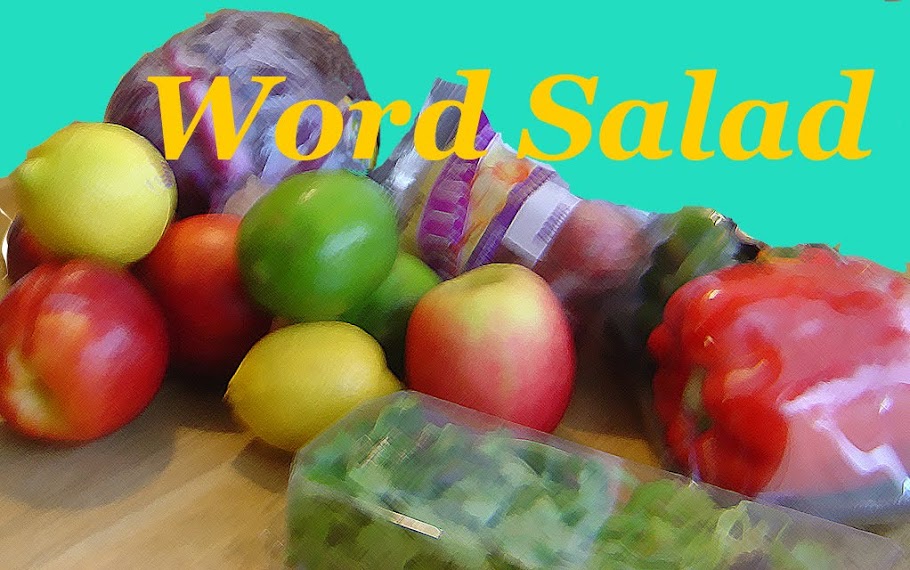One of the things my husband and I do for fun is to attend monthly meetings of the Foundation for Historical Louisiana, an organization we joined to get the cheaper rate for their annual bus trip to New Orleans for Mardi Gras. They do have some interesting speakers as well. In the last few months we’ve attended a talk on native plants and heard the author of From Animal House to Our House talk about how he and his wife restored a historic Baltimore row house that had previously been owned by a fraternity. Last night’s speaker was Elizabeth Williams, president of The Southern Food and Beverage Museum of New Orleans, giving a talk titled Louisiana: The Coffee State.
For the last few weeks we’ve been having late afternoon thundershowers, so we found ourselves stuck in traffic on our way downtown to the Old Governor’s Mansion. We got there early enough to nibble on a few light refreshments, and to be told that our speaker was also stuck in traffic and would be running late. The person who told us this added, “I don’t know if I could talk for a whole hour about coffee.”
“Perhaps if you drank enough first,” I murmured.
Ms. Williams arrived, and began by stating something I had half realized, but never completely though about: that somehow people have begun associating the city of Seattle with coffee, when it should be Louisiana’s claim to fame.
I didn’t start drinking coffee as a regular thing until I was almost out of college, so when I moved to New Orleans for graduate school I quickly learned what real coffee is supposed to taste like. Unfortunately, that has led to decades of ordering coffee on the road and being given what tastes like dishwater. Louisiana coffee preferences run to dark roast coffee that can be brewed strong without tasting like bitter sludge. There is a large group which likes coffee with chicory, especially when it is served as cafe au lait, but coffee without chicory is served throughout most of the state and is, of course, the basis for Cafe Brulot.
There is a good reason why Louisiana is The Coffee State. Of all the coffee beans shipped to the U.S, one-third come in through New Orleans and one-third through New York. That leaves one more third to be divided up among all the other ports, including that city somewhere in Washington State. Since coffee beans are shipped to New Orleans, a lot of them are also roasted in New Orleans. Folger’s brand, according to Ms. Williams, not only has a plant in New Orleans, but has also closed its Kansas City plant and transferred those operations to New Orleans. Louisiana also has its own brands, Luzianne (which is what I started drinking back when I lived in Buffalo), Community Coffee, which has a chain of CC’s coffee houses throughout the state, CDM, the Cafe du Monde brand, and Mello Joy, operating out of Lafayette.
Oddly enough, in its earliest days, coffee was not a beverage, but a snack. It began in Ethiopia, where people chewed the coffee berries. Arab traders acquired the plants and began making brewed coffee. From the mid-East, coffee was imported to Italy through Venice and from there spread throughout Europe. Louisiana coffee drinking habits, including the use of chicory, were most influenced by the French. By the early 1600’s, coffee, tea, and chocolate as a beverage all became popular, which meant that, of course, the demand for sugar grew as well.
The Dutch were responsible for getting coffee berries, which unlike coffee beans, will germinate when planted, from the Arabs, and encouraging planting around the world in suitable locations. French planters began growing coffee in Martinique and shipping to New Orleans.
Other fun fact that I did not know: the process of vacuum sealing coffee started in Louisiana.
So if you ever find yourself in our interesting little state, swatting mosquitos and sweating in the January heat, find a CC’s or a PJ’s or a Cafe du Monde and get yourself a cup of coffee.
Or maybe not, because it would really be unfair of us to spoil you for Starbuck’s forever.

No comments:
Post a Comment